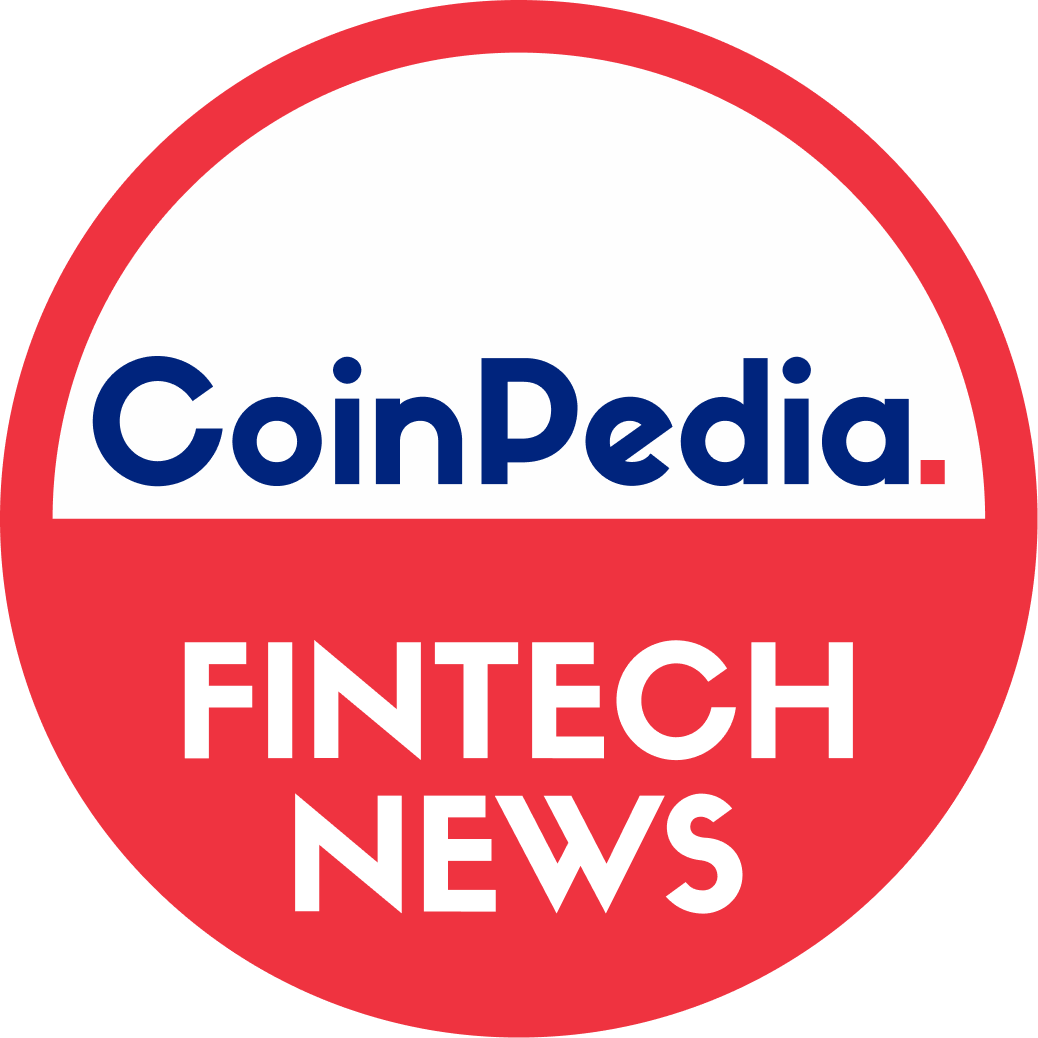OpenSea’s Transition: From NFT Marketplace to Multi-Chain Trading Platform
OpenSea, a name once synonymous with NFTs, is undergoing a groundbreaking transformation. The platform is evolving into a universal trading hub for all on-chain assets, including tokens, NFTs, and potentially even physical assets. This strategic pivot reflects OpenSea’s commitment to staying competitive in the dynamic crypto landscape. By integrating support for 22 blockchains and introducing liquidity aggregation, OpenSea is positioning itself as a one-stop solution for seamless cross-chain trading.
This shift is not merely about diversification but also a response to the declining NFT market. With the NFT market capitalization plummeting from $25 billion in 2021 to $5.2 billion in 2025, OpenSea’s pivot is a calculated move to capture the growing demand for token trading. As of October 2025, token trading accounts for over 90% of OpenSea’s $2.6 billion trading volume.
The Launch and Utility of the $SEA Token
Central to OpenSea’s transformation is the highly anticipated launch of its native token, $SEA, scheduled for Q1 2026. The $SEA token is designed to serve multiple purposes within the platform, offering:
-
Governance Rights: Token holders can participate in key platform decisions, such as protocol upgrades, fee structures, and new feature rollouts.
-
Staking Rewards: Users can stake $SEA tokens to earn rewards, fostering long-term engagement and loyalty.
-
Liquidity Incentives: The token will incentivize liquidity providers, ensuring a robust and efficient trading ecosystem.
This token-centric approach aligns with OpenSea’s vision of creating a community-driven platform that empowers its users.
Community Allocation and Rewards for Early Users
In a move to reward its loyal user base, OpenSea plans to allocate 50% of the $SEA token supply to the community. Early users and participants in rewards programs will receive dedicated allocations, emphasizing the platform’s commitment to inclusivity and long-term user engagement. Unlike other token launches that prioritize recent activity, OpenSea’s approach values historical platform usage, ensuring that long-time supporters are adequately rewarded.
Revenue Buybacks and Their Impact on Token Value
To further align the platform’s success with the value of the $SEA token, OpenSea has announced a revenue buyback program. At launch, 50% of the platform’s revenue will be used to buy back $SEA tokens. This mechanism is designed to create consistent demand for the token, potentially stabilizing its value and incentivizing user participation.
Decline of the NFT Market and Its Implications for OpenSea
The decline of the NFT market has been a wake-up call for platforms like OpenSea. With market capitalization shrinking significantly, the platform has had to adapt quickly. By expanding its focus to include token trading and other on-chain assets, OpenSea is not only mitigating the risks associated with a single asset class but also tapping into a broader market with higher growth potential.
Integration of Cross-Chain Trading and Liquidity Aggregation
One of OpenSea’s most significant advancements is its integration of cross-chain trading and liquidity aggregation. By supporting 22 blockchains, the platform eliminates the need for users to navigate multiple chains, wallets, and protocols. This streamlined experience is a game-changer, making crypto trading more accessible to both beginners and experienced traders.
Introduction of New Features: Mobile App and Perpetual Futures Trading
To enhance user experience and attract a broader audience, OpenSea is rolling out several new features:
-
Mobile App: Currently in closed alpha, the app aims to provide a seamless trading experience on the go.
-
Perpetual Futures Trading: This feature will allow users to trade with leverage, catering to more advanced traders and increasing the platform’s appeal.
These innovations are part of OpenSea’s broader strategy to remain at the forefront of the crypto trading industry.
Regulatory Challenges and Compliance in the Crypto Space
As OpenSea expands its offerings to include fungible tokens and physical assets, regulatory compliance has become a significant focus. The platform faces particular challenges in Asia, where regulatory scrutiny is intensifying. OpenSea’s ability to navigate these hurdles will be crucial to its long-term success.
User Experience Improvements and Accessibility for Beginners
OpenSea is prioritizing a simplified user experience to make crypto trading more accessible. By eliminating the complexities of multi-chain navigation and offering intuitive interfaces, the platform aims to attract a broader audience, including beginners who may find traditional crypto platforms intimidating.
OpenSea’s Competitive Positioning in a Saturated Market
The crypto market is more competitive than ever, with numerous platforms vying for user attention. OpenSea’s pivot to a multi-chain trading platform, combined with its community-centric approach and innovative features, positions it as a strong contender in this saturated market. By focusing on user engagement, transparency, and long-term loyalty, OpenSea is not just adapting to market trends but actively shaping the future of crypto trading.
Conclusion
OpenSea’s transformation from an NFT marketplace to a universal trading platform marks a new chapter in its journey. With the launch of the $SEA token, integration of cross-chain trading, and introduction of user-friendly features, the platform is well-positioned to redefine the crypto trading landscape. While challenges like regulatory compliance remain, OpenSea’s commitment to innovation and community engagement sets it apart as a leader in the evolving world of blockchain technology.
Credit: Source link



 Bitcoin
Bitcoin  Ethereum
Ethereum  Tether
Tether  XRP
XRP  USDC
USDC  TRON
TRON  Lido Staked Ether
Lido Staked Ether  Dogecoin
Dogecoin  Figure Heloc
Figure Heloc  Cardano
Cardano  WhiteBIT Coin
WhiteBIT Coin  Bitcoin Cash
Bitcoin Cash  Wrapped stETH
Wrapped stETH  Wrapped Bitcoin
Wrapped Bitcoin  USDS
USDS  Wrapped eETH
Wrapped eETH  Binance Bridged USDT (BNB Smart Chain)
Binance Bridged USDT (BNB Smart Chain)  Chainlink
Chainlink  Monero
Monero  LEO Token
LEO Token  WETH
WETH  Zcash
Zcash  Stellar
Stellar  Hyperliquid
Hyperliquid  Coinbase Wrapped BTC
Coinbase Wrapped BTC  Ethena USDe
Ethena USDe  Litecoin
Litecoin  Sui
Sui  Avalanche
Avalanche  Hedera
Hedera  sUSDS
sUSDS  Shiba Inu
Shiba Inu  USDT0
USDT0  Dai
Dai  Uniswap
Uniswap  PayPal USD
PayPal USD  Mantle
Mantle  Cronos
Cronos  Canton
Canton  World Liberty Financial
World Liberty Financial  Toncoin
Toncoin  Ethena Staked USDe
Ethena Staked USDe  Polkadot
Polkadot  USD1
USD1  Aave
Aave  Rain
Rain  Bitget Token
Bitget Token  MemeCore
MemeCore